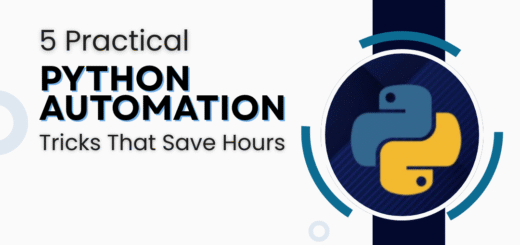A Seamless Blend of Tech and Humanity—How One Engineer Lives in Harmony with the Future
Prologue: A World That Works With Us
By 2075, the frantic juggling act between technology and human life has settled into something effortless. Cities breathe, systems adapt, and health isn’t something you chase—it’s woven into the rhythm of daily existence.
Meet Lucas Nguyen. On paper, he’s an ecological engineer in New Aurora’s lush eco-district. In reality, his day is a quiet testament to how far we’ve come—where tech doesn’t shout but hums in the background, leaving room for what actually matters.
6:45 AM — Waking Up, Without the Struggle
No blaring alarms here. Lucas stirs as the room’s lighting mimics dawn’s first rays, synced perfectly to his sleep cycle. The air carries a hint of pine, subtle but refreshing.
A familiar voice—warm, not robotic—tickles his awareness: “Morning, Lucas. You clocked a solid seven hours. REM was strong, and your muscle recovery’s complete. Ready for today?”
That’s Nova, his digital companion. Less like a bossy assistant, more like a friend who happens to know his body better than he does.
7:10 AM — Breakfast, Personalized Without the Fuss
The kitchen’s already prepped his smoothie—a blend of algae protein and stress-busting botanicals, tweaked based on last night’s biometrics. As he sips, Nova nudges him into a five-minute mental reset: rhythmic breathing paired with shifting light patterns that ease him into focus.
It’s not “optimization.” It’s just… how mornings work now.
8:00 AM — The Commute That Doesn’t Feel Like One
Lucas slides into his pod, greeted by a holographic riverside path projected across the windows. The AI’s already calculated the ideal route—minimal traffic, maximum scenery—but he taps the “quiet ride” option. For five minutes, there’s nothing but silence and the blur of green rooftops outside.
No honking. No road rage. Just peace.
9:00 AM — Work That Adapts to You
At Aquaterra, Lucas designs AI-guided wetlands to revive dying ecosystems. His workstation? A chameleon. The desk adjusts height as he moves; the lighting shifts with his focus. When his wearable catches a spike in tension, Nova murmurs, “Stretch your shoulders. Now’s a good time.”
Meetings happen in shared holographic spaces—no clunky headsets, just fluid collaboration with teammates in Nairobi, Oslo, and Buenos Aires as if they’re all in the same room.
12:30 PM — Lunch as a Social Experiment
Lunch isn’t a rushed sandwich at his desk. Today, Lucas joins his neighbors in the Sky Garden for a “carbon stroll”—a walking challenge where steps earn credits for local reforestation. His meal? A crispy algae-and-quinoa bowl, suggested because his body’s low on omega-3s this week.
It’s not a chore. It’s just… how people eat now.
2:00 PM — Learning Without the Lecture
Post-lunch, Lucas dives into a micro-course on coral regeneration—delivered like a interactive puzzle, complete with haptic feedback as he “builds” virtual reefs. Ten minutes later, he’s absorbed something new without feeling like he’s studying.
6:00 PM — Playtime, Reimagined
Evening means strapping into his motion-suit for “Neon Jungle”—a VR game that’s half workout, half dance battle, set in a zero-gravity arena. His opponent? A friend in Tokyo. They’re both drenched in sweat and laughing too hard to care who wins.
Later, he tinkers with an AI music tool, weaving ambient tracks that morph with his mood. It’s creative, but effortless—like jamming with a band that reads his mind.
8:45 PM — Health Care That Comes to You
Before bed, Nova flags a slight magnesium dip. A quick holographic consult with his doctor—no waiting room, no forms—and they adjust his supplements. “Drink an extra glass of water tomorrow,” she advises. Two taps, and it’s logged.
10:00 PM — Unwinding the Right Way
The bedroom’s lighting dims to a deep indigo. The windows dampen street noise. Nova recaps the day—not with stats, but with prompts: “What felt rewarding? What’s one thing you’re looking forward to?”
As sleep tugs at him, Lucas realizes the future isn’t about flashy gadgets. It’s about this: a life where technology fades into the background, leaving space for living well.
Epilogue: The Quiet Revolution
2075 isn’t a sci-fi fantasy. It’s the result of designing tech that serves, not overwhelms. Health isn’t a checklist; it’s the air we breathe. Connection isn’t digital—it’s human, just unshackled from distance and inefficiency.
The future? It’s not looming. It’s already here—and it feels like coming home.


